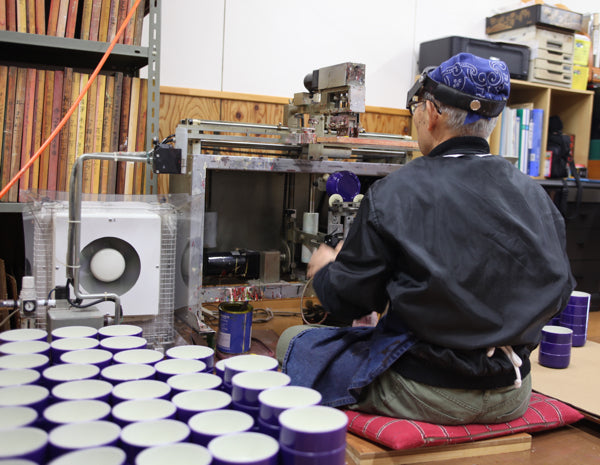Environmental Responsibility
Since 2008, Bento&co has helped customers from more than 90 countries reduce their environmental impact by replacing plastic zip bags, paper lunch bags and other single use containers with a high quality, reusable Japanese bento box. From supporting local production to encouraging an evolution in the way we think about eating 'on the go', our impact on the natural environment around us inspires everything that we do.

Reducing single use plastics
According to the United States Environmental Protection Agency (EPA), an estimated 14.5 million tons of plastic containers and packaging were generated in 2017 in the US alone. Of this waste, less than 13% gets recycled.* Much of this packaging comes from single use containers used to transport our food from home and restaurants. By making the conscious decision to transport meals and leftovers in a bento box, our customers take steps to reduce this waste by ensuring that their choice of food containers stays out of the waste loop for as long as possible. It's a small step that creates a huge impact over time.
Local production
Almost all of our items are designed and produced by manufacturers here in Japan. By supporting local craftsmen, we minimize the distance that our items must travel, and thus the emissions they incur, before they are shipped from our warehouse. In fact, all of our furoshiki are actually walked over to our office and delivered by hand!




However, we realize the impact of shipping our products internationally to you. In order to keep this impact as small as possible, we refrain from splitting orders into multiple deliveries and ship items in the smallest package feasible.
Encouraging food waste reduction
The EPA reported that in 2010, "over 33 million tons of food reached landfills in the U.S. – equivalent to half a pound per person per day." Food that rots away in landfills produces methane gas, a greenhouse gas that is 21 times more potent than CO2.** By choosing to utilize a bento box in our daily lives, we can help reduce this waste by 1) restricting our serving sizes to sensible portions we can finish and 2) repurposing leftovers that might otherwise end up getting discarded- both of which are official EPA Food Recovery recommendations.**
More re-using!
Ditch the disposable takeout utensils for a reusable cutlery set that you always have in your bag. Fashion one of our traditional furoshiki into a reusable bag, or use one as elegant waste-free gift wrapping. Substitute paper plates at your next picnic with one of our XL multi-tiered boxes. To us, joining the World of Bento means considering all reusable alternatives before you choose single-use.

* “Containers and Packaging: Product-Specific Data.” Edited by United States EPA, EPA, Environmental Protection Agency, 6 Nov. 2019, www.epa.gov/facts-and-figures-about-materials-waste-and-recycling/containers-and-packaging-product-specific-data.
** EPA, United States. “Reducing Wasted Food & Packaging: A Guide for Food Services and Restaurants.” United States Environmental Protection Agency, 2015, www.epa.gov/sites/production/files/2015-08/documents/reducing_wasted_food_pkg_tool.pdf.